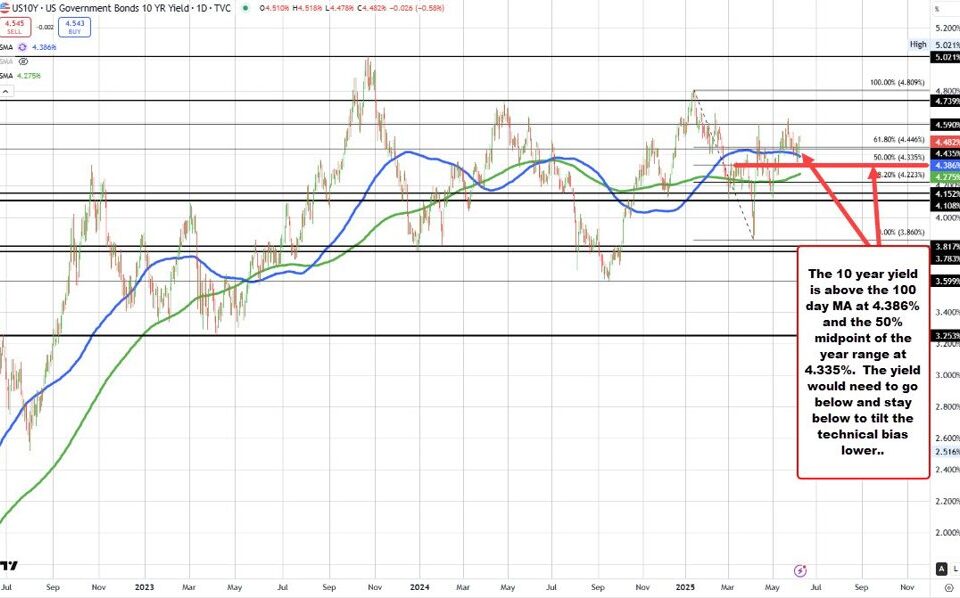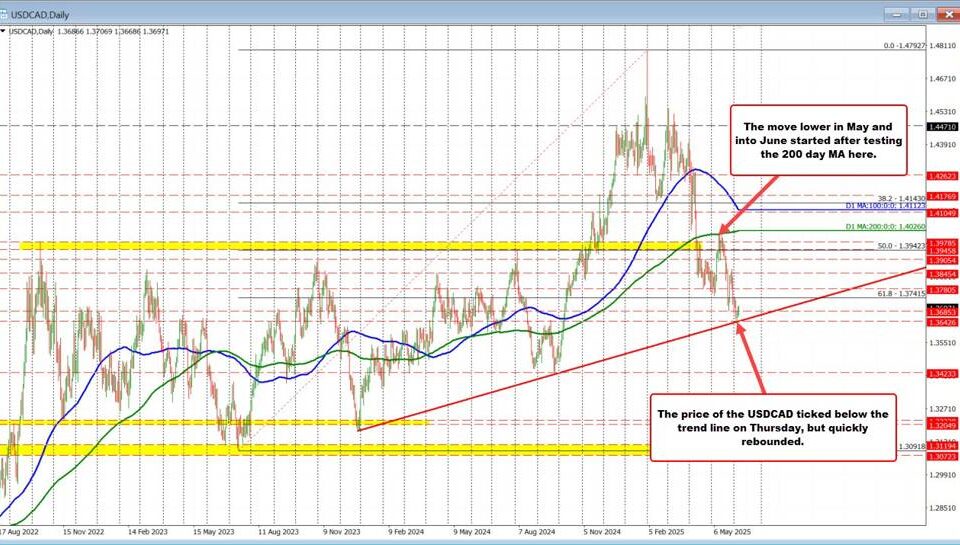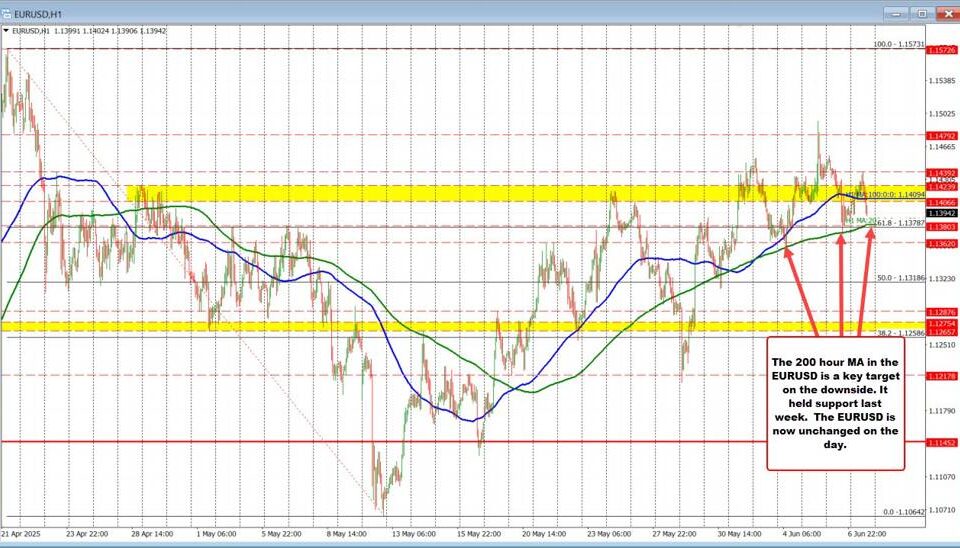The Federal Reserve’s Balancing Act: Navigating Inflation and Tariffs in a Complex Economy
Tháng 4 11, 2025
Earnings Season Kickoff: What JPMorgan, Wells Fargo, and Newmont Say About Market Trends
Tháng 4 11, 2025China’s Tariff Increase to 125%: Implications for U.S. Trade and the Dollar
As of April 12, 2025, China has announced a dramatic increase in tariffs on all U.S. goods, escalating the rate from 84% to an astonishing 125%. This bold move signifies a continuation of the already strained trade relations between the two economic powerhouses and sheds light on the underlying tensions that have been brewing for years. In this article, we delve into the ramifications of this tariff increase and its consequential impact on the U.S. dollar (USD) and broader global trade dynamics.
Unpacking China’s Tariff Decision
The rationale behind China’s decision to impose such a steep increase in tariffs can be traced back to ongoing trade tensions resulting from U.S. policies that have altered the trading landscape. Earlier, in April 2025, the United States implemented “reciprocal tariffs” on goods imported from various countries, exercising powers under the International Economic Emergency Powers Act (IEEPA). While certain materials, like books and informational products, remain exempt from these tariffs, the overall sentiment among businesses and investors is one of uncertainty and tension. An increase to 125% will undoubtedly hit U.S. exporters hard, particularly industries that are heavily reliant on the Chinese market.
This bold move by China echoes the sentiments expressed in an article discussing three strategic moves by President Xi Jinping, where he emphasizes the need for collaboration and stability amidst ongoing trade tensions.
Effects on the U.S. Dollar
One of the immediate consequences of China’s tariff increase is the noticeable decline in the value of the USD. As news of the tariffs became public, anxiety surged, causing market fluctuations that reflect deeper concerns regarding the future of U.S.-China trade relations. Investors are increasingly wary of the implications for both economies, given that China has cemented its status as one of the largest markets for U.S. exports.
The decline of the USD is indicative of broader economic fears. Stakeholders are worried about escalating tensions and the potential for further retaliatory measures that could disrupt international supply chains. With the U.S. heavily reliant on imports from China for consumer goods, manufacturing, and technology, this tariff increase could lead to higher costs for American businesses and consumers alike. As prices rise, the inflationary pressures may compound, making the scenario even bleaker for the average American household.
The Deterioration of U.S.-China Trade Relations
The intensifying trade disputes have created a challenging climate for both investors and international businesses. The retaliatory tariffs imposed by both nations heighten the risk of prolonged economic downturns, while also adversely affecting global supply chains. In the long term, these disputes create uncertainty that can deter foreign direct investment and hinder growth prospects in both regions.
Moreover, this cycle of retaliation signals a broader issue within international trade relations, calling for diplomatic dialogue to resolve economic grievances. While tariffs aim to protect national interests, they often serve as a double-edged sword that can impede growth on both sides.
In conclusion, China’s decision to dramatically raise tariffs on U.S. goods is yet another chapter in the increasingly complex saga of international trade relations. As stakeholders absorb the implications of these policy shifts, the potential short- and long-term effects on the USD and global trade should not be underestimated. Navigating these turbulent waters will require astute economic strategies and collaborative approaches to foster stability in an otherwise volatile international landscape.



